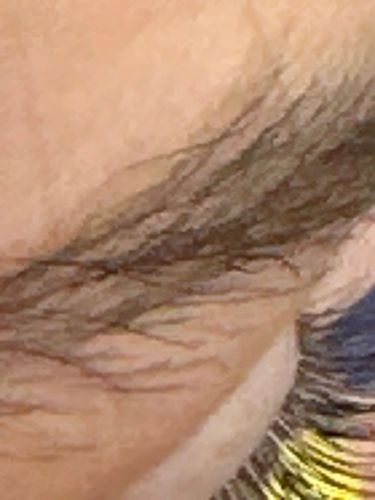Body Louse
Scientific Name: Pediculus humanus humanus
Order & Family: Phthiraptera (suborder Anoplura), Pediculidae
Size: 2-4 mm long

Natural Habitat
Found on human skin and clothing, particularly seams and folds of clothing that are in close contact with the body. They prefer areas that are warm and not frequently disturbed.
Diet & Feeding
Feeds exclusively on human blood. They bite the skin to draw blood, typically several times a day.
Behavior Patterns
Body lice live, feed, and lay eggs (nits) on clothing, only moving to the skin to feed. They move by crawling, as they cannot jump or fly. Infestations are often associated with poor hygiene and crowded living conditions, allowing for easy transmission through direct contact or sharing of infested clothing/bedding. They have a short lifespan of about 30 days but can lay many eggs during this time.
Risks & Benefits
Potential risks include intense itching, skin irritation, and secondary bacterial infections from scratching. Body lice are also vectors for several diseases, including louse-borne relapsing fever (caused by Borrelia recurrentis), trench fever (caused by Bartonella quintana), and epidemic typhus (caused by Rickettsia prowazekii). There are no known benefits of body lice to humans or the ecosystem.
Identified on: 10/4/2025